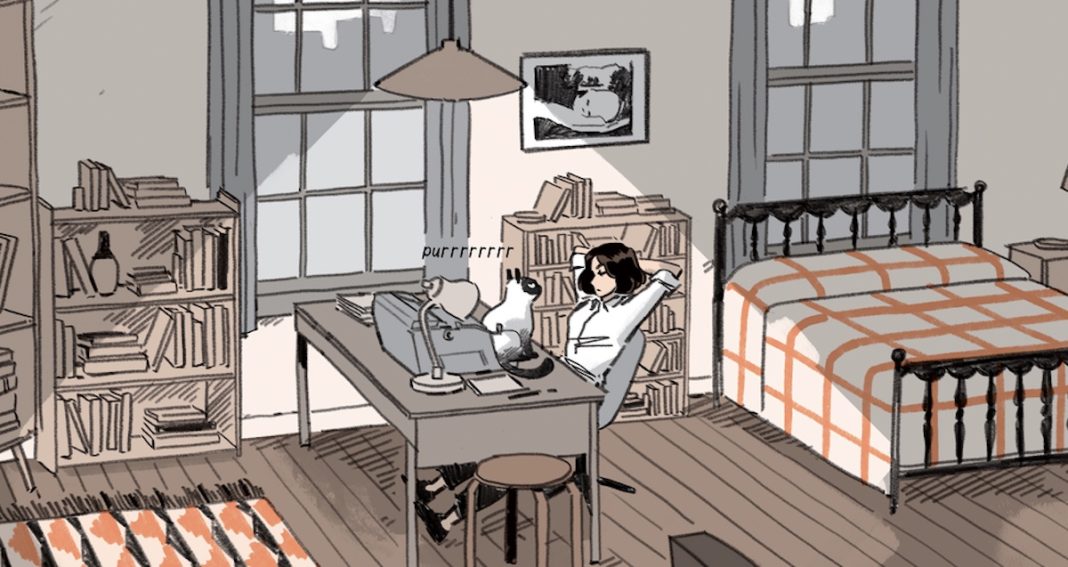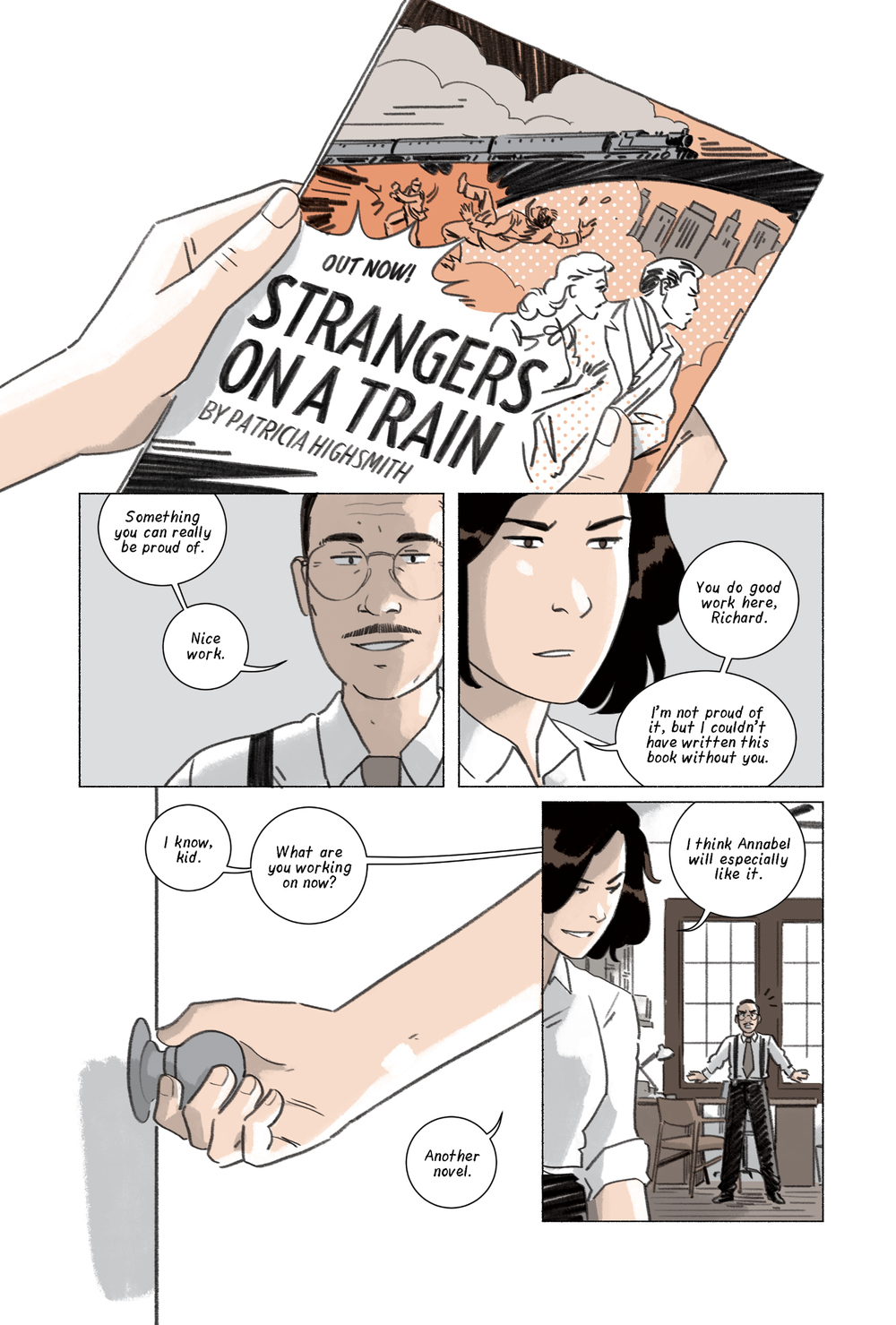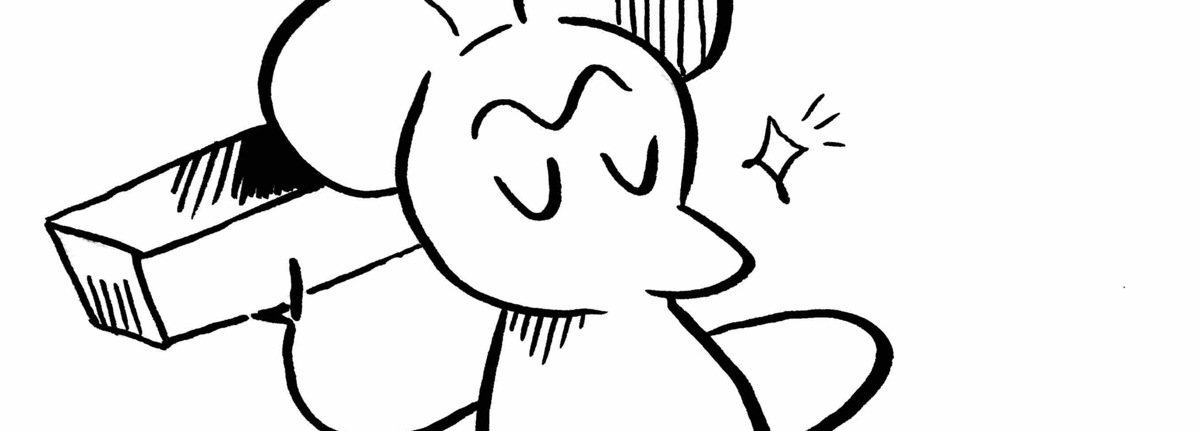Flung Out of Space: Inspired by the Indecent Adventures of Patricia Highsmith
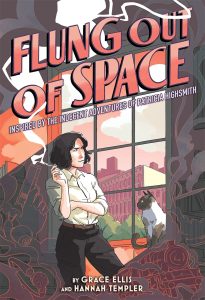
Written by: Grace Ellis
Illustrated by: Hannah Templer
Edited by: Charlotte Greenbaum
Designers: Andrea Miller & Kay Petronio
Published by: Surely Books
Flung Out of Space is an examination of a queer literary figure that defies today’s Calvinist standards for a protagonist. “Flawed” hardly does her justice: as discussed up front in Ellis’s foreword, Patricia Highsmith was “deeply anti-Semitic, racist, and misogynistic, even by the standards of her time.”
Not only do the following pages prove each of these claims (not to mention demonstrate a systemic willingness – or perhaps even desire – to prioritize her own carnal desire above the feelings of her closest allies), but they also demonstrate why this story is worth telling… and why it had to be told via the medium of comics.
Historical Fiction
While Highsmith may not be a good person, she is an important literary figure. Among her works is Strangers on a Train, her first novel, which was adapted by Alfred Hitchcock, who ensured his name was kept out of negotiations for purchase of the book in order to keep the price low. Highsmith also wrote Carol, a lesbian love story that was (and arguably still is) revolutionary for both its happy ending and for depicting a romance between two femmes.
It is the genesis of Carol that forms the narrative backbone of Flung Out of Space, and along the way, we get to see a lot about the background against which Highsmith completed her work. In one example, a series of scenes depicts her experiences subjecting herself to conversion therapy meant to diagnose and then “cure” her lesbianism; this leads to group therapy, which naturally (for Highsmith) leads to sexual trysts.
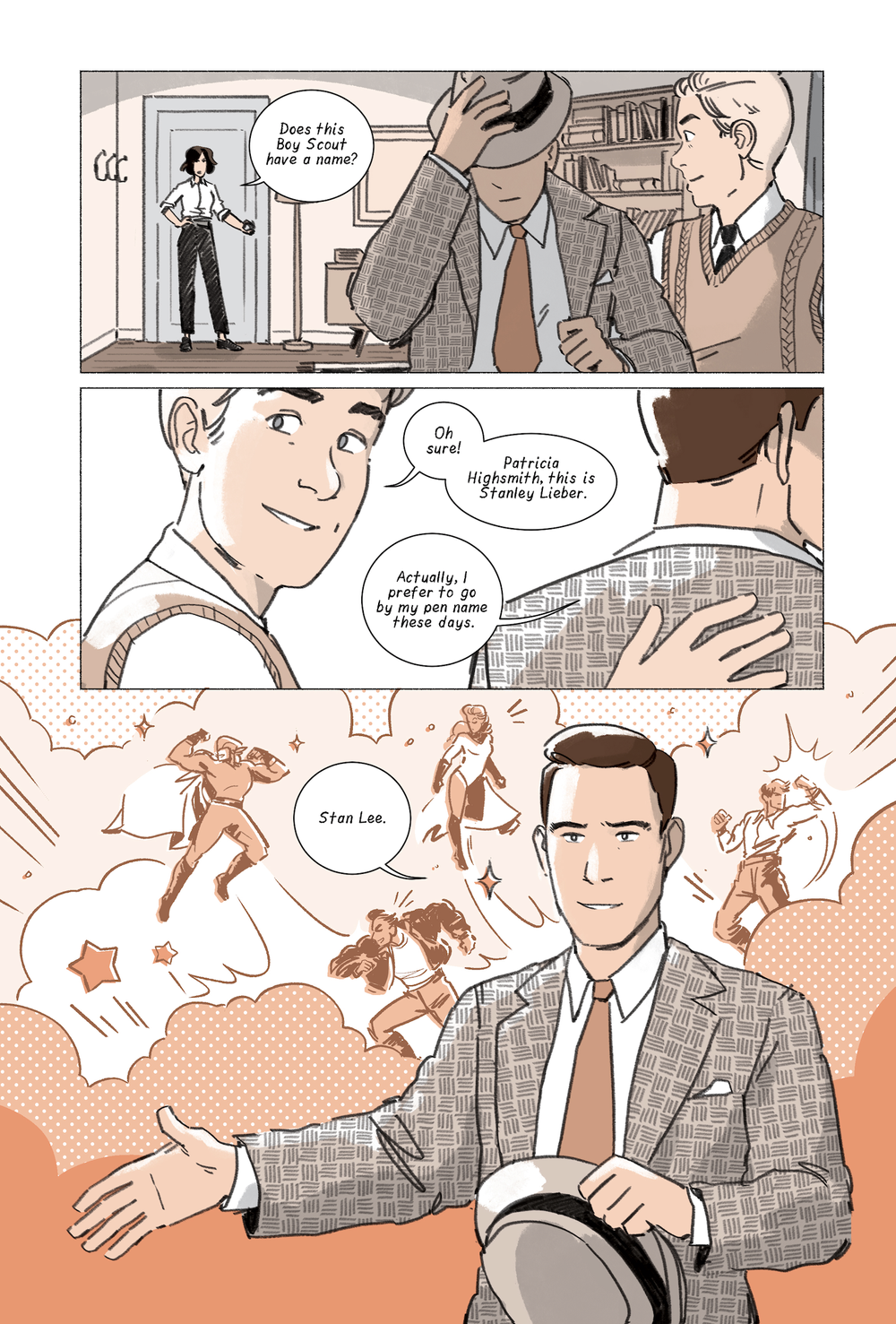
Flung Out of Space also provides a window into the nature of both comics and prose publishing at the time, and the particular challenges that faced a lesbian attempting to navigate that landscape. In the wake of her success with Strangers on a Train, Highsmith is advised to publish Carol under a pseudonym, lest her newfound success be tarnished by connection to an overtly queer work: it wasn’t until a 1990 reissue that the novel was published under her real name.
Elevating the Medium
Included in the selected bibliography for Flung Out of Space is The Ten-Cent Plague: The Great Comic-Book Scare and How it Changed America by David Hajdu. Along with the fact that Highsmith took over editing Billy Batson stories when Stanley Kauffmann left the job is this quotation from Highsmith: “My work [in comics] had nothing to do with literature, but it did stimulate my imagination.”
In addition to her aforementioned flaws, Highsmith thought she was above comics, a fact that is underscored throughout the narrative. Not only does she express open loathing for the medium, but when her editor suggests that with the utilization of her effort and skill the material could be elevated to such a degree that it would be worthy of bearing her byline, Highsmith writes the idea off entirely.
Obviously, there are countless examples that prove the point that creators can elevate the content of comics beyond “frivolous super hero stories for children,” but there’s a distinct irony in making Highsmith the protagonist of just such a worthy graphic narrative. It’s clever internal tension like this that ensures the book remains tumbling over and over in the reader’s mind.
Flung Out of Space
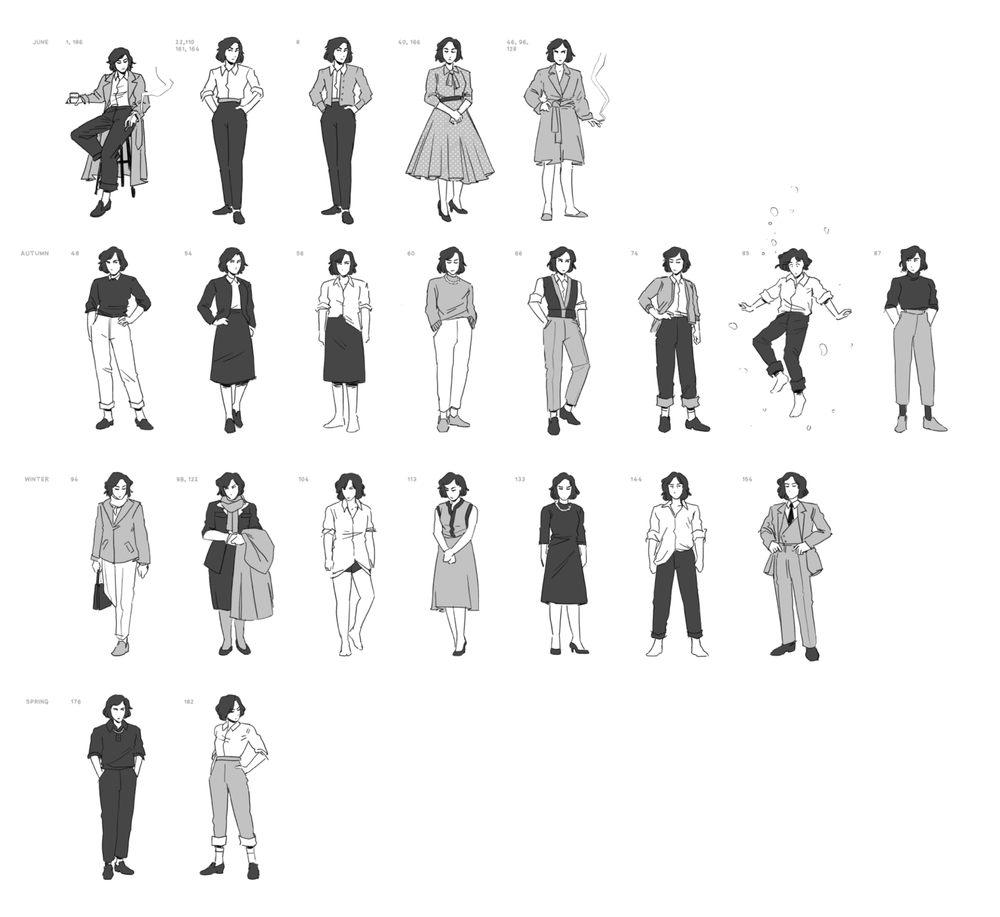
Not only does Flung Out of Space tell a meaningful and nuanced story about Highsmith in a manner equal to a prose novel, but also Ellis and Templer – both very well experienced creators in the realm of comics (to say the least) – understand how to use sequential narrative storytelling in order to convey meaning in a way that is unique to the medium.
One example is the visual method used to demonstrate what Highsmith is thinking about or writing when she’s working on her writing, with images of super heroes and criminals appearing in thought bubbles above her head.
Another is the striking final image of Highsmith, sitting alone in a bar full of lesbians who connected with and were inspired by her prose, yet still unable to make a personal connection with any of them. This is presented alongside a quotation from Highsmith’s 1990 afterword for the novel, to great and lingering effect.
Highsmith may have thought she was too good for comics, but then again, she never got the change to read a comic like this one. Flung Out of Space is available at your local book store and/or public library today.


